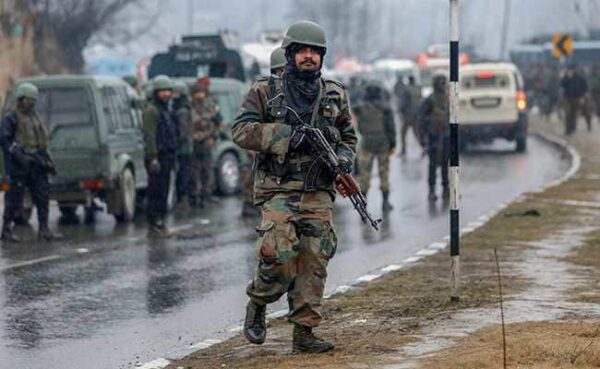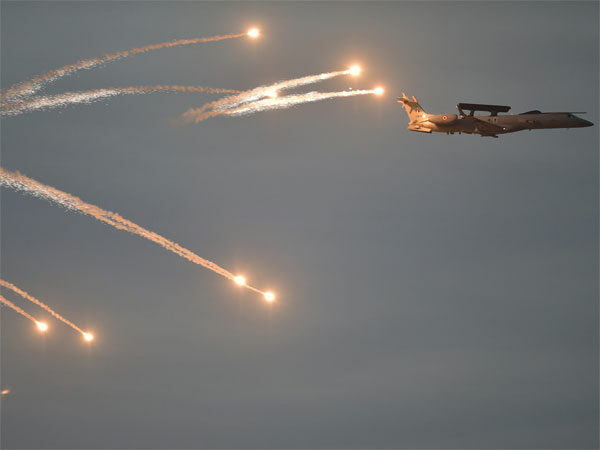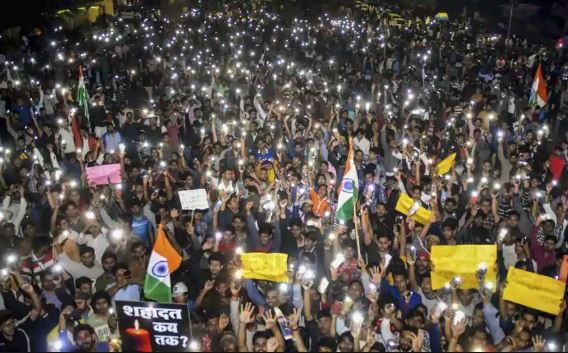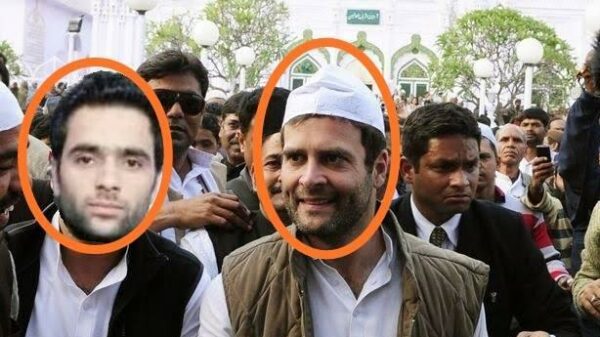Indo-Pak Tensions: How Did The Media Add To The War Hysteria and Fake News Madness?
On 14th February, while the rest of the world celebrated a day of love, Indians mourned the loss of 44 CRPF jawans in one of the biggest attacks on the military in peace time since India gained its independence in 1947.
There was only word on everyone’s mind – REVENGE.
And of course, for the Indian media, this was the pot of gold at the end of the rainbow. It ticked all the major boxes – India vs Pakistan, Kashmir and the army. Sensitive issues, which the aam janta is bound to react to.

After the Pulwama incident, TV channels in India began demanding war. “We want Revenge” or “We want Pakistan punished” became the cry of the day, as prominent news anchors around the country stated that war was the only solution for the rising Indo – Pak tensions.
In fact, the news channels fuelled war hysteria to such an extent that the Information and Broadcasting Ministry was prompted to issue an advisory that asked media channels to tone down the cry for war. They were advised to avoid any content that might incite hatred or lead to friction between communities.
For instance, a particular news anchor whose reputation precedes himself, went on record to call some eminent personalities anti-national just because they dared to express a personal opinion.
Ironically, while the media houses belonging to both Pakistan and India exercise freedom of speech, they’re not ready to grant the same privilege to their viewers.
What one must understand in such tumultuous times is that the mind of the layman is like clay, and can be moulded in any form. He or she does not know what to believe, and must rely on the news channels to convey information to them. In other words, this is how public opinion is developed.

The role of a responsible journalist is not to impose their own opinions on the audience, but to merely state the facts so that the audience can make an informed choice.
Not just Indian media, Pakistani media must also be held responsible for spewing venom. For instance, a clip of a journalist screaming on national television had gone viral, where he said that Pakistanis would use atom bombs as “muh todh jawab” for Indian farmers refusing to export tomatoes.
However, post the Pulwama attacks, or even the air strike that avenged the lives of the CRPF jawans, the news channels spewed venom on live TV, which included politicizing the tragedies.
Except a few sensible voices, what we usually see is an extreme form of jingoism on both sides of the border, which can be potentially dangerous. For example, a large number of Kashmiris were thrashed openly while videos were recorded and circulated on national media. Does this not trigger a chain of unpleasant events, which only seeks to deepen the tension between the two nations?

In fact, sadly, the concepts of patriotism and nationalism too have been distorted by the media.
What is more alarming is the fact that media, particularly social media, is hugely responsible for spreading fake news, which only deteriorates the situation.
For example, soon after the attack, a video began circulating on Facebook which claimed to give insight into the attack. Fact checking websites later revealed it to be a video game clipping.
Similarly, a doctored photo of Rahul Gandhi with Adil Ahmed Dar, the man responsible for executing the attack on the jawans, also went viral on social media. It was also busted by fact checking teams.

However, is it not Facebook’s responsibility to ensure that there’s a check on such prolific circulation of fake news?
After the attack, emotions were running high and a barrage of fake news and misinformation flooded our social media handles, including Facebook’s messaging service, WhatsApp.
It must be realized that such fake news only adds to the panic and confusion, and might even provoke the audience to lash out. Why else do you think innocent Kashmiri students were thrashed and harassed?
At the end of the day, one must realise that as a journalist, the onus is on the Indian and Pakistani media channels to ensure that unbiased and accurate information reaches the audience.
Warmongering is not the solution, and maybe it’s time the media understood that.
The post Indo-Pak Tensions: How Did The Media Add To The War Hysteria and Fake News Madness? appeared first on RVCJ Media.
from RVCJ Media https://ift.tt/2tLEPah

Post a Comment